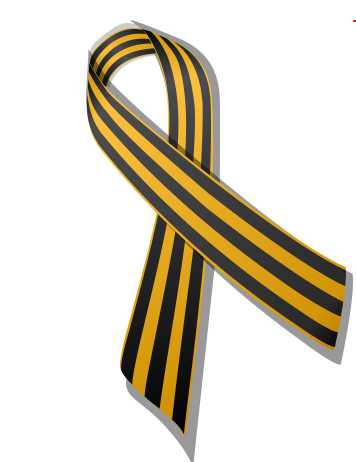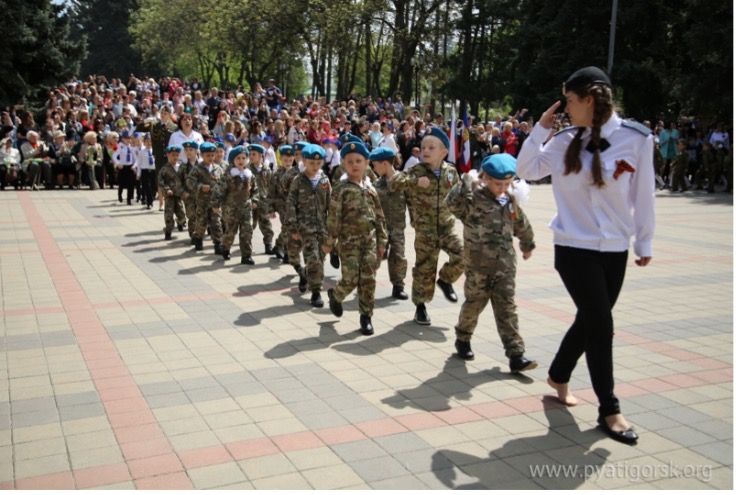Militarism in Russia and its Implications for the Post-Soviet Space – a seminar with Dr Kasia Kaczmarska
Dr Kasia Kaczmarska is a Lecturer in Politics and International Relations at the University of Edinburgh, her main research interests are Sociology of knowledge, International theory, Academic freedom, Research methodology, Russian foreign and domestic politics, the post-Soviet region. At Edinburgh, she teaches courses on Russia’s relations with the world. This report was written by Vittoria Gattini, current MECACS intern and student in the Middle East Caucasus Central Asia Security Studies MLitt programme at the University of St. Andrews.
In this seminar Dr Kaczmarska introduced participants to the concept of militarism and explained its repercussions in Russia and the post-Soviet space. This report summarizes the main points discussed.
Starting with a definition of militarism Dr Kaczmarska differentiated the classical and sociological understandings of this concept. A classical understanding is the glorification of military action, ideology and patriotism and the veneration of the military establishment, while a sociological and critical understanding focuses on the social and political processes trough which political violence is made possible – how they are glorified, legitimized and normalized by the state – in this case, Russia.
Then Dr Kaczmarska proceeded to provide the audience with some examples of how militarism is state-sponsored in Russia, including the victory day celebration on the 9th of May that takes place with military parades across Russia; the young army, an example of ministry sponsored militarism used to propagate patriotism in younger generations; the cathedral of the armed forces opened in 2020 as a glorification of military service including that of annexation of Crimea; military patriotic park of culture and recreation which can be considered a military Disneyland; the ribbon of Saint George, Georgiyevskaya lentochka, a commemorations for Russian veterans in early 21st century to forge a sense of unity and finally the most infamous nowadays Z symbol meaning victory which started as a signal during battles and then became fully part of the Russian militarist propaganda.

However, militarism is not always state-sponsored as it can also appear in the form of what Dr Kaczmarska defines as “mundane militarism.” This type of militarism is particularly interesting from a socio-political perspective as it engenders violent and militarist ideas in civilian life trough apparently banal practices. Examples of mundane militarism are: the Moscow fashion week with clothes inspired by military gear, the medical staff who during Covid-19 were compared to WW2 soldiers while tackling the enemy and finally the multiple ways in which war is displayed for children. In fact, children are a common target of mundane militarism and Dr Kaczmarska showed pictures of books about war directed at children of as little as 6 years of age, in which soldiers were happy and depicted as responsible for the war effort. War is also conceived as a rite of passage to adult life that children have to undergo at some point. There are also many parades across Russia devoted to children in military costumes, the most famous one is in Pyatigorsk in the North Caucasus.

Next, Dr Kaczmarska raised the question of the motives behind such militarist efforts and what consequences there are for the post-Soviet sphere. Some of the answers that came up during the seminar revolved around the following: how to raise obedient and war-ready citizens, to uphold and rehabilitate the army’s prestige, to facilitate and create myths about the army and the military service, to legitimate current leadership and specific political decisions and to reinforce hierarchical relations and power relations embedded in patriarchy since practices of militarism are specifically targeted at the male population. For the wider post-Soviet sphere, the consequences of this stress on militarism in Russia are that the Russian embassies actively engage in the above-mentioned initiatives and try to involve – to the extent possible – the citizens of the post-Soviet countries; and this includes children. This can be seen as a way to influence the opinion of people outside Russia, that might be crucial especially during the current period.
Overall, this seminar introduced the audience to the concept of mundane militarism in Russia and its consequences. At the end of the presentation space was given for a reflection of how militarism can be traced into other states as well and is expressed in different ways such as the distribution of video games on war and toy weapons.